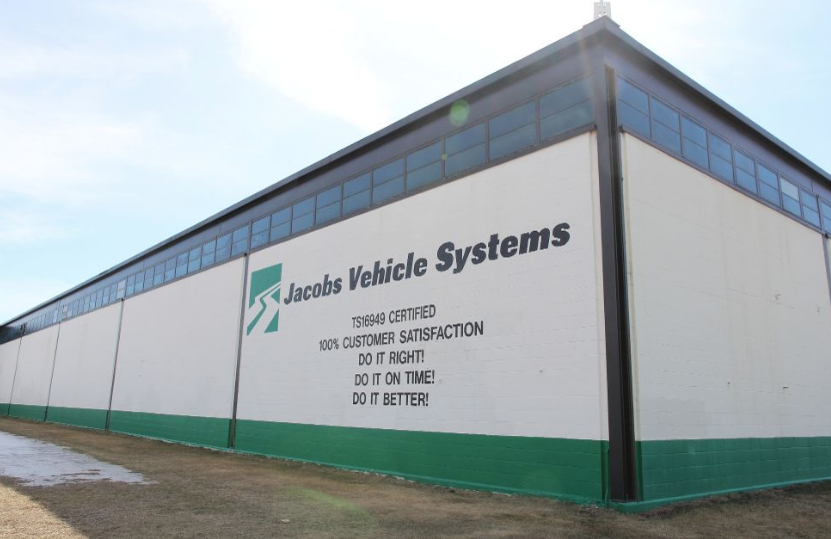Jacbos Debuts 2-Step Variable Valve Actuation System for Engine Performance
Jacobs Vehicle Systems®, a leading manufacturer of heavy-duty diesel engine retarding systems and valve actuation mechanisms, has launched a new 2-Step Variable Valve Actuation (VVA) system.
Here’s what’s special: By enhancing performance and efficiency across an engine’s operating range, 2-Step VVA is engineered to help engine manufacturers further improve fuel consumption and reduce tailpipe emissions, as well as deliver a range of other benefits.
The introduction of 2-Step VVA is a progression from Jacobs’ fully-flexible VVA intake and exhaust system, which has given major engine manufacturers more than two decades of reliable service. The new system’s relative simplicity reflects years of research and development on flexible VVA to yield an optimized two-position system that provides a large portion of the benefits in a more cost-efficient way.
2-Step VVA provides the combustion engineer with the ability to optimize valve timing at two operating points instead of the traditional single-timing option when they are driven from a fixed cam.
Steve Ernest, Vice President of Engineering and Business Development, said: “By simplifying our variable valve technology, we have made a commercially desirable trade-off, only slightly reducing some of the performance benefits of fully-flexible VVA but greatly reducing calibration complexity and cost. Jacobs offers tailored solutions based around an individual customer’s engine architecture and the problems they are looking to solve. We’re giving engine designers the ability to add some VVA flexibility without having to make significant base-engine changes.”
In technical detail: 2 Step VVA Systems
- Early intake valve closing is achieved by operating on an early closing profile main event with the auxiliary valve motion (normal closing) deactivated.
- Late intake valve closing is achieved with a late-closing cam profile activated on the auxiliary rocker arm to hold the valve open longer.
- Both early and late 2-Position VVA systems have mechanical start-up without oil pressure.
- Early exhaust valve opening is achieved with an early-opening cam profile on the auxiliary rocker arm, or lost motion system, and actuated on demand with engine oil.
- Auxiliary events for internal exhaust gas recirculation and compression release braking are conveyed in the same manner as intake or exhaust 2-Position VVA systems.
- Cylinder deactivation is also possible through the use of Jacobs’ Lost Motion Valve Bridge technology.
Category: Engines & Drivetrains, General Update, News











